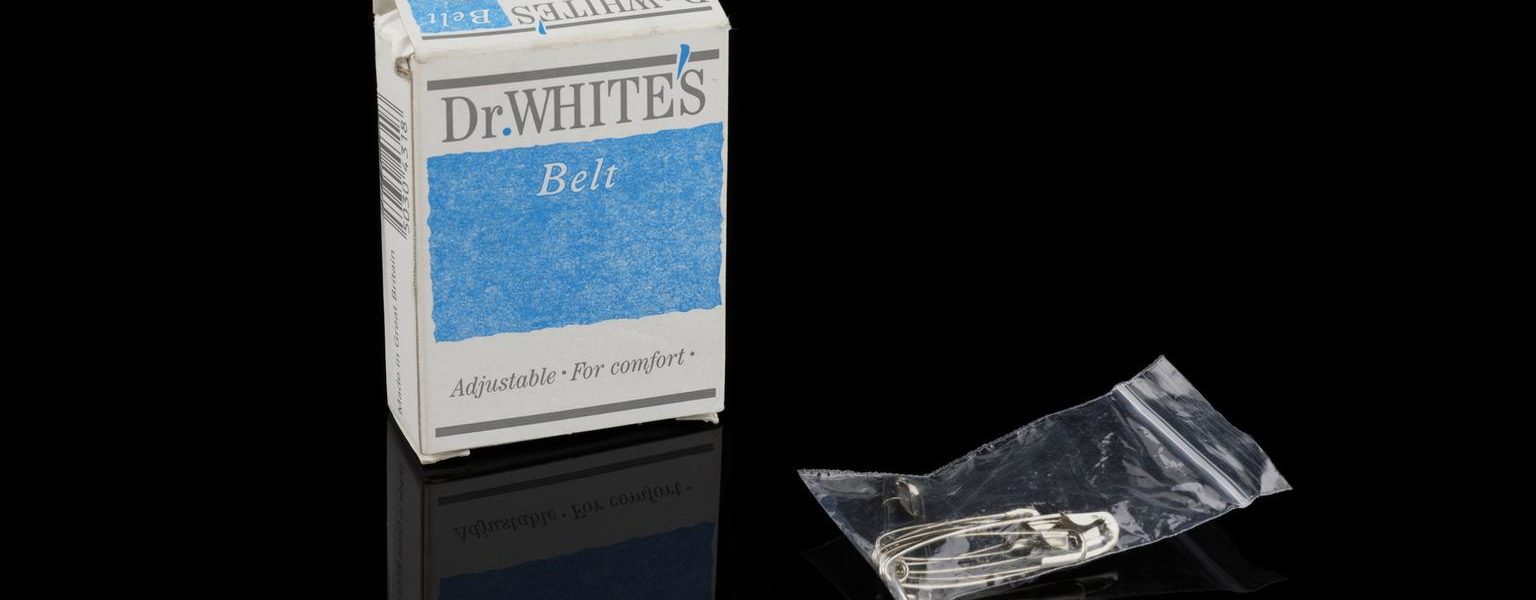Throughout history, black women have often been prevented from joining institutions committed to science, technology and engineering, but have nonetheless carried on in the face of prejudice and racism. Turned away because of the colour of her skin, Mary Kenner persevered and ended up filing five patents with the US Government, more than any other African American woman in history.

Mary Beatrice Davidson Kenner was born in 1912 in Monroe, North Carolina, and spent her life inventing contraptions to make everyday tasks easier for people.
Mary wasn’t the only inventor in her family. Her grandfather invented a tricolour light signal for trains, her father a clothing press that could fit in a suitcase, and her sister created boardgames. Inventing things was in her blood and she started at a very young age.
Around the age of 6, Mary noticed that the door in her family home squeaked when her mum left for work early, so she invented a device to stop the loud noise.
When the family moved to Washington DC when Mary was 12, she would often walk the halls of the United States Patent and Trademark Office to see if any of her ideas had already been invented; in most cases, they had not.
One of the most notable objects Kenner invented was the sanitary belt.
In the first half of the twentieth century, menstruation was an infrequently talked about taboo. In 1920s America, most people tended to make their own menstrual products at home out of cloths and rags like they had done for centuries before, and only really used commercial products, like Kotex pads, when they had to leave the house for school or work.

Of these commercially available products, Kotex pads were one of the first on the market. However, when asked by Lilian Gilbreth in a review of the menstrual market for Johnson & Johnson, they were described as ‘too large, too long, too thick and too stiff’ with participants prioritising comfort and protection over all else. Kenner’s menstrual belt set out to solve these complaints.
Kenner came up with the idea of a belt to hold a menstrual towel in the 1920s, but it was not until 1956 when she was able to raise enough money for the expensive patent process. Her invention held a pad in place in a ‘highly efficient manner’ as well as being ‘easy to use’.
The patent details how the belt included easily adjustable straps that allowed the user to wear the belt in the most comfortable position for them, eliminating negative effects like chaffing and irritation like most other products on the market.
Kenner was continually updating her inventions and three years later she filed another patent for a ‘sanitary belt with a moisture proof’ pocket, making it even more unlikely for blood to leak on to clothing.

The Sonn-Nap-Pack Company heard about Kenner’s patent and contacted her with the intention of making and selling her menstrual belt. Kenner remarks how excited she was, ‘I saw houses, cars and everything about to come my way’, but on meeting Kenner, the company declined her deal when they discovered she was black.
Other companies were reluctant to work with her based on the colour of her skin, and her patent expired, allowing manufacturers to profit off her idea with Kenner never making any money from the belt herself.

In the 1970s, disposable menstrual pads with adhesive strips became more popular, leading to the end of an era for the sanitary belt.
Racism prevented Kenner from profiting from her invention, but this did not stop her submitting a further three patents that each sought to solve everyday problems.
Two patents were related to solving problems around sanitation; a shower wall and bathtub mounted back washer that helped users reach difficult to access areas, and a bathroom tissue holder which caught the loose ends of toilet paper for easier use, especially for blind and partially sighted people and people with arthritis.
Her sister, and fellow inventor, Mildred lived with multiple sclerosis, so Mary invented an attachment for her walker that included a tray and pocket, allowing Mildred the dignity of moving herself and her belongings around without assistance. Kenner was constantly seeing problems and coming up with inventions to solve them for herself, her family, and wider society.
During her life, Mary Kenner filed a total of five patents to the US government, more than any other African American woman in history. She never became rich from her inventions or received any awards or formal recognition, like many black women whose extraordinary talents are so often overlooked.
Mary Kenner made life easier, more comfortable and dignified for people, and we have her to thank for developments in menstrual products that have led us to where we are today.
Further Reading/Bibliography
Mary Kenner’s biography on Blackpast
Mary Kenner’s biography on People Pill
Article about Mary on The Lowdown
